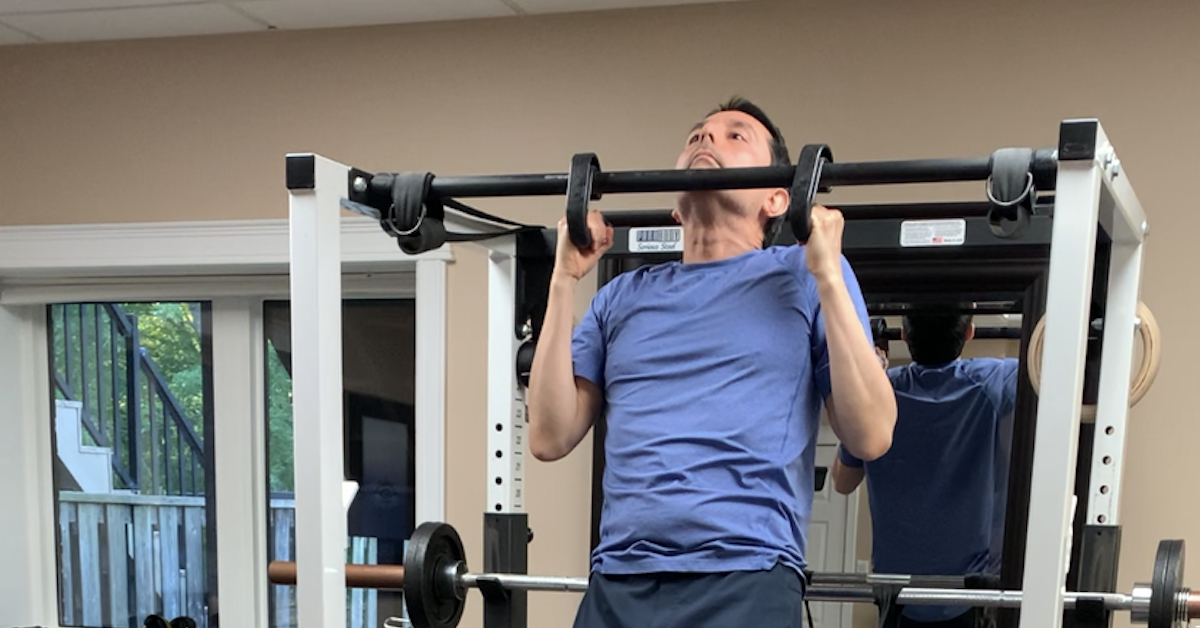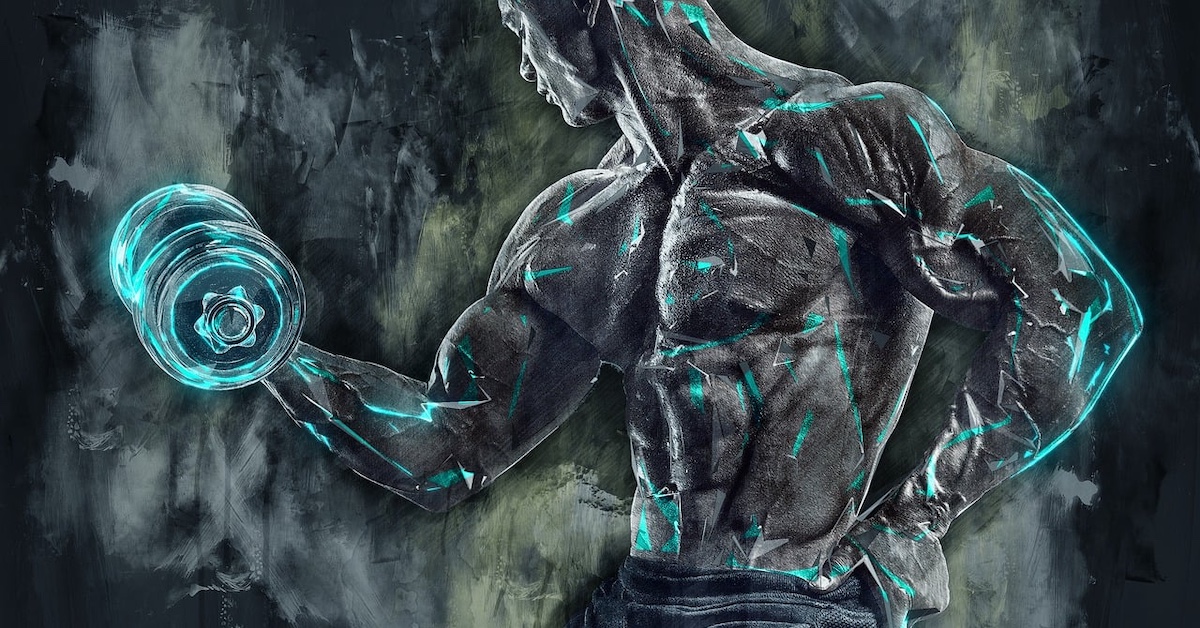If you want to build a serious set of abdominals, routinely perform weighted pull-ups and dips. These multi-joint movements demand a strong contribution from the abdominals to stabilize the core, particularly when heavy loads are used. It’s not uncommon to feel abdominal soreness a day or two afterward. Done with a decent weight and strict form, these upper-body movements tap into midsection fibers you never thought existed!
Your abs act as a natural girdle—or weight belt, if you will—when performing all exercises, especially compound movements like squats, deadlifts, rows, and presses (particularly overhead presses). Don’t overlook the value of pull-ups and dips, though, where the abdominal muscles act as a bridge between your upper and lower body and are heavily recruited as stabilizers.
Isolation exercises like pullovers, curls, and triceps pressdowns also require core stability; however, the loads used are usually much lighter than with the big movements. Once the weight climbs high enough, though, isolation becomes nearly impossible—and in many cases, the stabilizers end up generating as much or more tension than the prime movers!
Take-Home Message: Proper sleep and nutrition are essential if you want to show off a six-pack, but when it comes to training, the abdominals work best as stabilizers. Stop doing wimpy little crunches and get to some real work!

Body Composition Strategies
Body Composition Strategies reveals the exact methods experts use to help clients shed fat and get lean—fast. In this on-demand webinar, you’ll learn powerful diet, training, and supplementation protocols backed by real-world case studies.
Your $20 investment includes:
-
Over 40 minutes of streaming video (divided into 5 segments)
-
A 38-page slide presentation (PDF)
-
3 sample diet plans + 3 food rotation guides
-
3 beginner and 3 advanced training programs
-
Bonus: The most informative breakfast article you’ll ever read
Plus, it’s all backed by a 30-day money-back guarantee.

From Zero to Two: Leo’s Chin-Up Breakthrough
When Leo began training with me in September 2024, our first goal was to improve body composition — lose fat,

Resistance Training Foundations: How to Progress Safely and Build Real Strength
Resistance training isn’t just for bodybuilders. Whether you’re just starting out, returning after a break, or training for performance, knowing

Neck Extensions Before Arm Curls: Unlock More Strength
When most people warm up for arm curls, they’ll hit a few light sets or maybe stretch out a bit.
follow
Error: No feed with the ID 2 found.
Please go to the Instagram Feed settings page to create a feed.
